
 |
FRANK GEHRY |
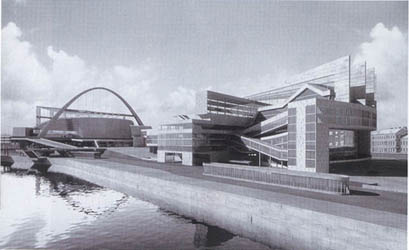 |
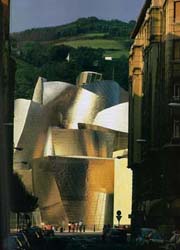 |
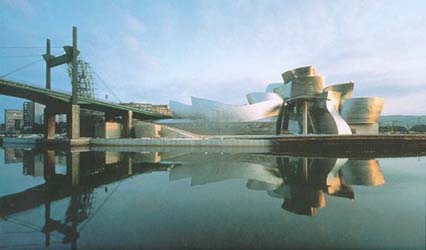
|
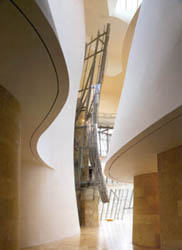 |
| The Guggenheim Museum in Bilbao, Spain :1991-97 | |||
| "The bizarre forms of the Guggenheim Museum in Bilbao are visible from afar. The titanium surface of the spectacular building irradiates throughout the colorless cityscape and exerts a magical attraction. Up close one observes facades that seem to be in the process of disintegration and lead all former meaning to an absurd conclusion. A fish? A ship? A flower whose petals aredropping? Or perhaps, a giant octopus?" - Ulrike Wiebrecht, "The word Bilbao has gotten a new meaning," from April 20, 1999.- Suddeutsche Zeitung | |||
|
"What Frank Gehry designed,
with the help of the computer 'Catia', in terms of form and prefabrication
will,within a few years, symbolize the power of architecture at the expense
of other arts." - The
International Press.
|
 |
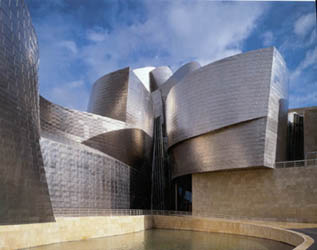 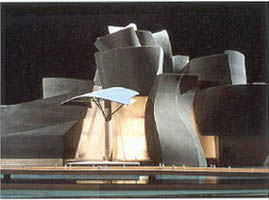 |
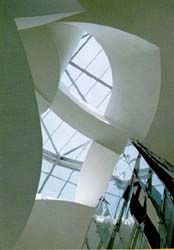 |
||||
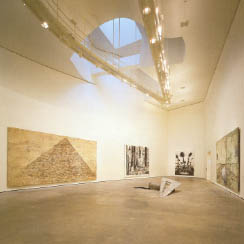 |
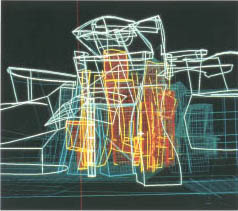 |
|||||
|
||||||
|
"This architecture possesses corporeal qualities. Gehry does not think of the volumes of his buildings within the confines of abstract space; rather he engages these volumes in intimate relationships with one another. One needs only observe Gehry's manner of drawing to gain an immediate sense of his way of thinking: the pen does not so much glide across the page as it dances effortlessly through a continuum of space. If it is possible to speak of a spatial realm that lacks figural contours yet possesses powerful bodily qualities, if ambulation can unlock the complexities of a building's order beyond the cutlines of the plan, then the museum in Bilbao revives an architecture that has lain dormant for centuries. Gehry tapped the full capacity of computer-assisted design... The age-old distinction between the hands that design and the instruments that execute has been overcome: the separate phases and techniques of conceiving and executing a building here were woven into an unbroken "loop". Only in this way can the inaccurate fit among the conventionally separate phases of invention, transcription, and execution be perfected, and the exponential degreeof geometric complexity of such a structure be realized without costly trial and error. Not only will the Bilbao museum go down as one of the most complex formal invention of our time, but it will also stand as a monument to the productive capacities that are now at our disposal, insofar as an architect like Gehry pushes them to new heights of imaginative use. When complexities of an order commensurate with our understanding of the world can be restored to architecture, we shall no longer have to be content with the subsistence diet dictated by economics any more than the impoverished aesthetics of an earlier era. Kurt W. Forster - in Frank O. Gehry: Guggenheim Bilbao Museoa, 1998. |
||||||
| CONNECTIONS
AFRICAINES
DANS GEHRY |
ARCHI MODERNE | NEOEXPRESSIONISME | | Home | Site |